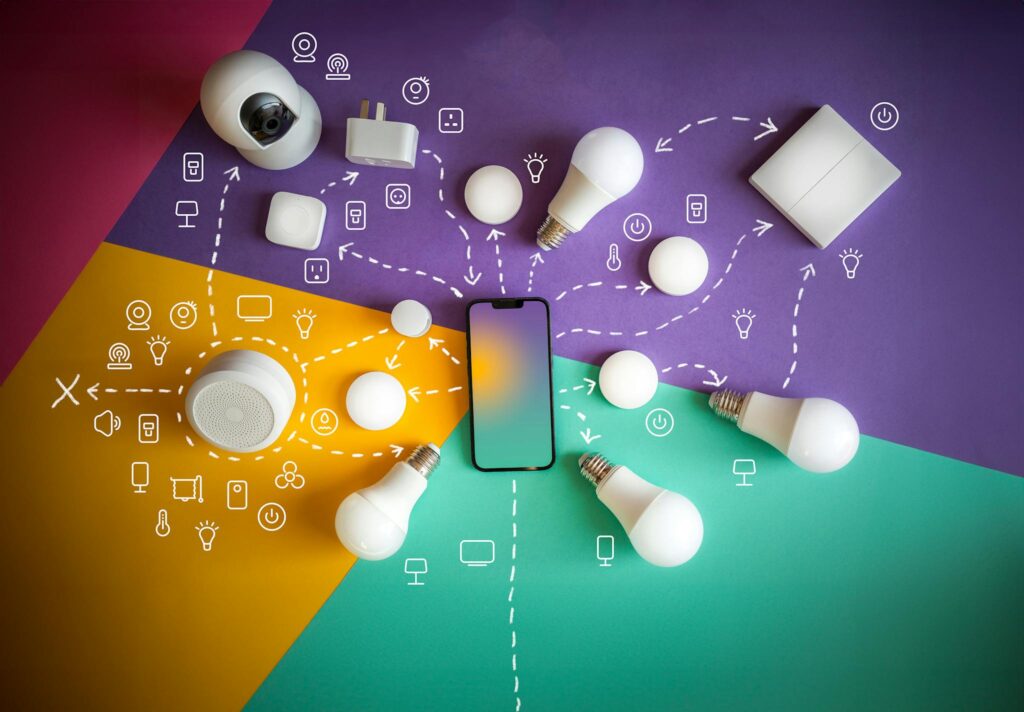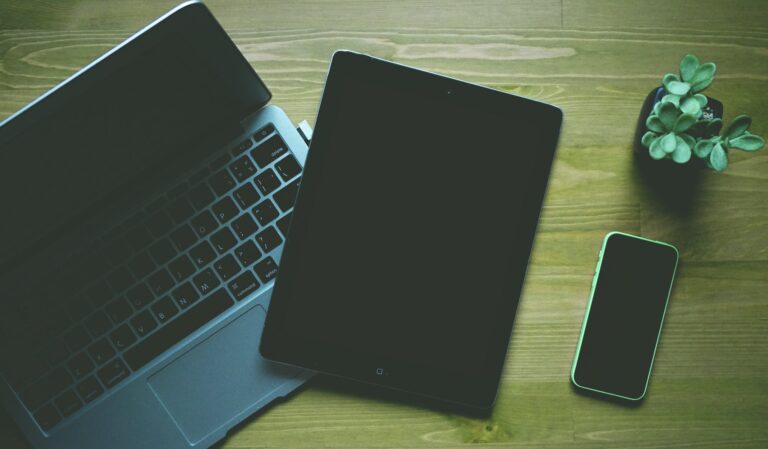Introduction
The world of computing devices has come a long way since the invention of the first computers. From large mainframes that occupy entire rooms to sleek smartphones that fit in our pockets, computing devices have revolutionized the way we live, work, and communicate.
The Early Years: Mainframes and Minicomputers
In the early years of computing, mainframes and minicomputers dominated the industry. These large, powerful machines were used by corporations, government organizations, and scientific institutions to perform complex calculations and process massive amounts of data. Mainframes were the backbone of the computing world, providing the processing power needed for critical applications and data storage.
The Rise of Personal Computers
In the 1970s and 1980s, personal computers (PCs) entered the scene, bringing computing power to individuals and businesses. PCs revolutionized the way people work, allowing them to perform tasks such as word processing, spreadsheet analysis, and graphic design. With the introduction of operating systems like MS-DOS and Windows, PCs became more user-friendly and accessible.
The Internet Revolution and the Birth of Mobile Devices
The internet revolution in the 1990s brought about a new wave of computing devices. The widespread availability of the internet enabled people to connect and communicate like never before. This led to the birth of mobile devices, such as personal digital assistants (PDAs) and smartphones. These devices allowed users to access the internet, send emails, and perform various tasks on the go.

The Era of Smartphones
Today, smartphones have become an integral part of our lives. With advanced computing power, high-speed internet connectivity, and a wide range of applications, smartphones have become versatile tools for communication, entertainment, and productivity. The development of mobile operating systems like iOS and Android has further expanded the capabilities of smartphones.
The Future of Computing Devices
The future of computing devices is exciting and holds endless possibilities. The rise of artificial intelligence, virtual reality, and the Internet of Things (IoT) is shaping the next generation of computing devices. From smart home gadgets to autonomous vehicles, computing devices will continue to transform our lives and the way we interact with technology.

Conclusion
Computing devices have come a long way since the invention of the first computers. The evolution of computing devices, from mainframes to smartphones, has had a profound impact on various industries and has transformed the way we live, work, and communicate. As technology continues to advance, it’s important to stay updated with the latest trends in computing devices to leverage their full potential.




